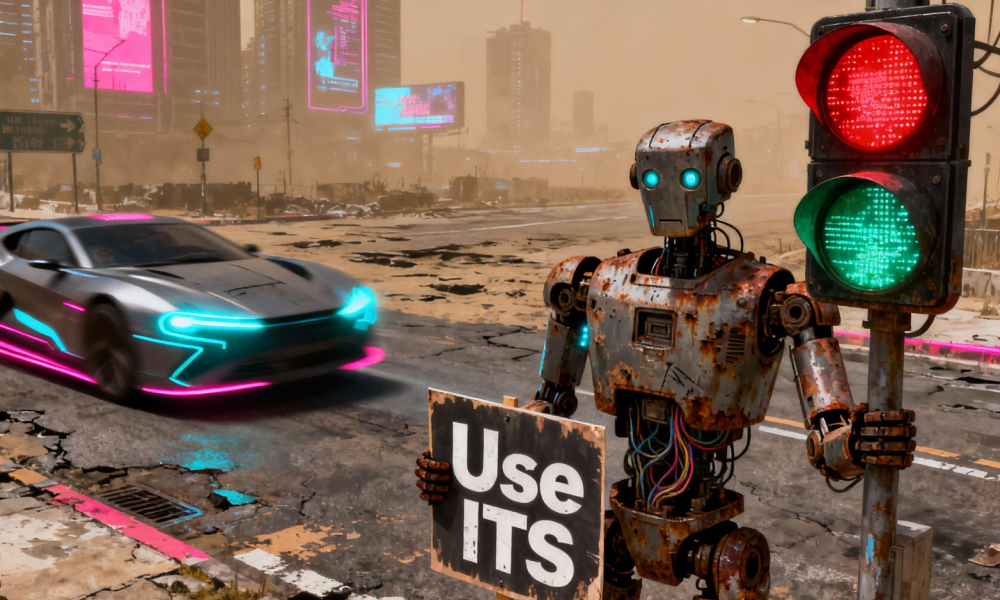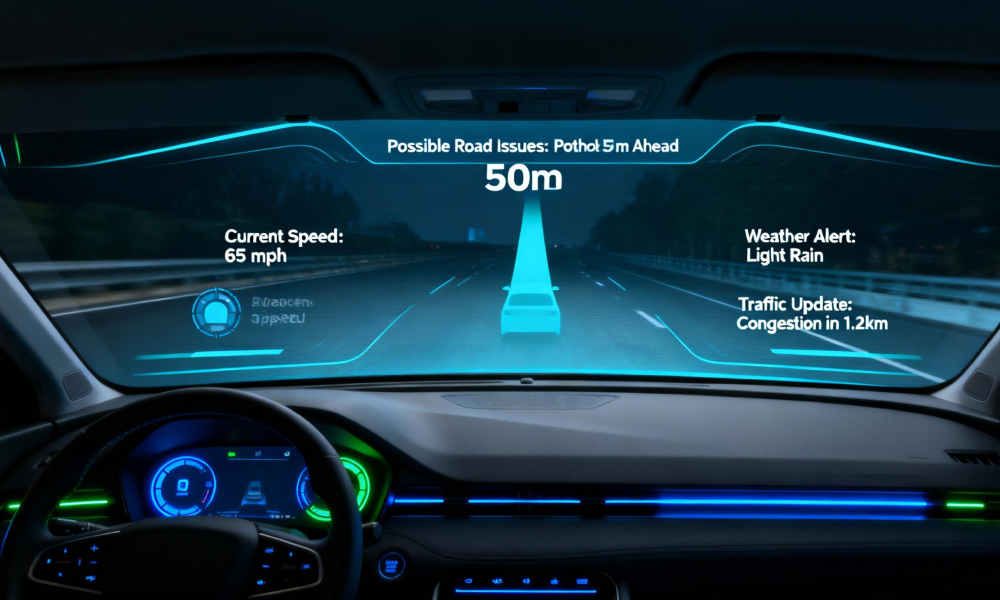
The Intelligent Transport Systems (ITS) sector stands at a critical juncture. For decades, it has served as the silent architect of modern mobility, deploying infrastructure like traffic signals, variable message signs and congestion management systems that keep our networks moving. However, a new paradigm is taking shape, one dominated by the vehicle itself. As car manufacturers invest billions in advanced in-vehicle technology, the flow of innovation is reversing, moving from the dashboard outwards. The new battleground is not merely Vehicle-to-Infrastructure (V2I), but the more holistic and commercially powerful concept of Infrastructure-to-Vehicle (I2V). If the ITS sector does not take the initiative to deploy I2V features, it risks becoming a legacy player, relegated to the sidelines while vehicle manufacturers dictate the future of transport.
The rise of I2V, as championed by companies like Nissan, showcases a world where a car's onboard systems, equipped with advanced sensors, AI and augmented reality, integrate with cloud-based data to reveal information that would otherwise be invisible to the driver. A car might "see" a pedestrian obscured by a building or predict traffic congestion around a blind corner. These features are not just safety enhancements, they are commercial products sold directly to consumers, with manufacturers controlling the user experience, data and revenue streams.

For the ITS sector, this presents a formidable challenge. The traditional model, where infrastructure providers deliver services to a captive audience, is being subverted. Vehicle manufacturers are building their own sophisticated ecosystems, collecting proprietary data, and developing advanced analytics that bypass conventional ITS deployments. In this scenario, road operators' risk being reduced to mere conduits for manufacturer-led services, with little control over the future of their own networks. The road to irrelevance is paved with a passive, wait-and-see approach.
By proactively leading the deployment of I2V, the ITS sector can reclaim its narrative and demonstrate its essential, systemic value. Unlike vehicle manufacturers, which have a commercial interest limited to the features within their brand's ecosystem, the ITS sector operates with a mandate for public good: to optimise the entire network for safety, efficiency and sustainability. A sector-led approach ensures that I2V deployment is:
Equitable and Universal, Not Proprietary: Vehicle manufacturers' I2V systems are, by their nature, proprietary and limited to their brand's models. This creates a fragmented and inequitable system where only owners of high-end vehicles benefit from the most advanced safety and efficiency features. In contrast, an ITS-led approach would ensure that foundational I2V data and services are available to all vehicles, regardless of brand or age. This is the difference between a few high-tech cars enjoying better service and an entire transport network becoming smarter and safer for everyone.
Systemic, Not Isolated: A manufacturer's I2V system is optimised for its own vehicle. An ITS-led system, by contrast, is optimised for the entire network. Infrastructure-centric I2V could, for example, communicate with all connected vehicles to manage traffic flow dynamically, provide advance warning of network-wide issues and optimise speed limits based on real-time environmental conditions. The ITS sector can use its unique oversight of the entire network to create a truly cooperative and integrated mobility system.
Data-Rich and Policy-Driven: Vehicle manufacturers collect data for their own commercial purposes. Public and private ITS agencies collect data with policy goals in mind, reducing congestion, curbing accidents and improving sustainability. If the ITS sector takes the lead, it can establish data-sharing protocols and ethical frameworks that serve the public interest. By creating an open, standardised I2V platform, the sector ensures that the valuable data generated by I2V is used to inform network-wide decisions and drive policy, rather than being siloed in commercial entities.
First, by accelerating investment in interoperable infrastructure. This involves deploying edge computing, advanced sensors and communication systems (like G5, 5G and future cellular technologies) that can collect, process and transmit data with the low latency required for real-time I2V features. By leveraging government funding and public-private partnerships, ITS agencies can build the digital infrastructure that all vehicles will ultimately rely on.
Second, by establishing common standards for I2V communication. The fragmentation of proprietary systems used by vehicle manufacturers is a major barrier to a truly intelligent transport network. The ITS sector must work with standards bodies and across the industry to define common protocols for I2V communication and data exchange. This will create a level playing field, encourage innovation and prevent the market from being dominated by a few powerful tech or car companies.
Third, by developing a service layer that demonstrates infrastructure value. Instead of just reacting to vehicle manufacturers' innovations, the ITS sector can create its own suite of compelling, infrastructure-led I2V services. These could include predictive traffic management features, network-wide parking availability information or real-time hazardous weather alerts that are superior to any in-vehicle-only system. By showcasing the unique value that only an infrastructure-based system can provide, the ITS sector can prove its continued relevance.
The alternative, a passive stance, leaves the sector vulnerable to being commoditised. In a world where mobility is increasingly defined by in-car technology, the ITS sector could lose its influence over traffic management, network policy and the equitable distribution of mobility benefits. The future of intelligent transport is not just in the vehicle or the infrastructure, it is in the cooperative, integrated relationship between the two. The ITS sector must take the wheel and lead this integration or be left in the dust.
See the video